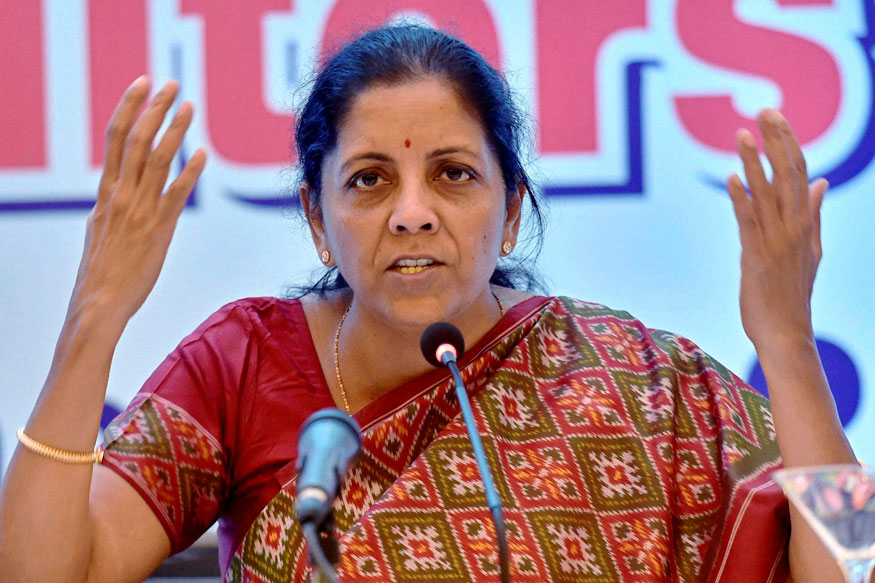In short, the 80-year-old former mayor has almost no room for error. And this time, she’ll have to support any tough spending compromises her committee tries to reach from the majority. Four women lead Congress’ appropriations panels from both parties for the first time in history, but it’s Granger with the biggest challenge ahead. She says she’s ready.
“I was a school teacher, taught for nine years — high school — then I had my first child, and two years later I had twins,” Granger said in an interview. “And so if I can get through that, believe me, I can get through writing this bill.”
The promises Kevin McCarthy made last month to finally lock in the speakership will make Granger’s job much harder. House conservatives demanded standalone floor votes on each of the 12 spending bills, a feat the chamber hasn’t accomplished since summer 2009. Additionally, the Californian granted their calls for unlimited amendments — which will make it even more difficult to rally enough support to pass the full dozen.
The GOP’s internal hostility over earmarks and demands to cut spending will add to Granger’s burden, as the debt limit raises the stakes in the debate to fund the government before a shutdown strikes in September.
“The lift could get a little heavy,” said Rep. Steve Womack (R-Ark.), an appropriator who split with the panel’s top Republican in supporting the government funding package last December. But he added that Granger is “very strong, in the sense that she’s not going to be rolled by anybody. And that’s an important quality to have.”
Granger won’t have the luxury of largely sitting out spending talks this year, as she did in 2022, and will have to work with Rep. Rosa DeLauro (D-Conn.) and Sen. Patty Murray (D-Wash.), her opposing-party counterparts atop the appropriations panels.
DeLauro called Granger a “trailblazer” who made history even before becoming the first Republican woman to chair Congress’ spending committee. The Texas Republican was the first woman elected mayor of Fort Worth, in 1991, and then the first woman to chair the elite defense spending subpanel on Appropriations.
Over the course of her long career, Granger once aligned with her Democratic counterparts on some social issues, supporting abortion access and Roe v. Wade until reversing her stance in 2020. She has sometimes declined to take a stance on hot-button topics, such as treatment of LGBTQ troops.
Learning where Granger draws her personal lines will be key to striking a broader funding agreement later this year, Murray said.
“I think all of us have a big challenge ahead of us this year, but I think the four women at the top of this committee have a commitment to themselves and to each other to do our best to get it done,” the Senate Appropriations chair said in an interview.
Democrats learned more than a decade ago how exhausting it can be to allow the amendment free-for-all that House Republicans are embracing this year for each of their 12 funding bills.
“It is mayhem,” Granger acknowledged, recalling what she observed in 2009 as Democrats gave up on the laborious process, halting floor action mid-debate and forcing through stricter amendment constraints well after midnight.
She said she plans to minimize similar pandemonium by communicating early with members “on both sides of the aisle” to win buy-in for her bills well before they hit the floor.
Indeed, Granger is clear about her plans to try to win Democratic votes where she can — hardly a given, since she voted against major spending bills when they ruled the chamber — and she’ll have some help in that department with the return of earmarks, albeit with new constraints.
But the often-derided practice of directly aiming federal dollars toward home-state projects could rouse the ire of the House’s rebellious fiscal conservatives as Republican leaders work to fund the government this year. About a quarter of the chamber’s GOP lawmakers voted in December to pass on earmarking.
That’s not to mention the long line of Republicans demanding spending cuts as a condition for voting to raise the debt ceiling. Rep. Chip Roy (R-Texas) and others are calling for overall funding levels to essentially fall back two years, reverting to the totals Congress passed for the fiscal year that began in the fall of 2021.
Any proposal to reduce military funding in that process is a non-starter for Granger. “I don’t support cutting defense,” she said. “That’s the one that I’m really, really hard-core on.”
And while she doesn’t project a hard-core image, Granger is “tough as nails,” as former Rep. Rodney Frelinghuysen (R-N.J.) described his successor atop Appropriations in an interview.
“She has a deep respect for the history of the committee,” said Frelinghuysen, who chaired the panel until 2018. “But she’ll do her best to protect Republican interests and the new majority’s priorities.”
Her ability to balance institutional awareness with intra-party self-protection came into full view when she beat three challengers for the Appropriations chairmanship five years ago. When the committee’s GOP top spot opened up, Granger’s seniority didn’t guarantee her the post. She ultimately won after a dramatic, monthslong drive to court a select group of her peers.
As is typical of those leadership races, she benefited from a quiet campaign to leverage influence within the caucus. And McCarthy, himself trying to ascend the leadership ladder at the time, was seen as a key ally of Granger’s.
Looking back, she recalls staying out of the closed-door drama. “I literally just kept my head down and kept doing our work,” she said. “I wasn’t going to spend my time trying to convince people to elect me to that position.”
But she had boosters who wouldn’t leave her race to fate.
Texas Republicans, the largest GOP delegation in the House, talked privately back in 2018 about a strategy for locking in McCarthy’s support despite the Californian’s close friendship with then-Rep. Tom Graves (R-Ga.), one of Granger’s opponents in the committee race. Their proposed offer to McCarthy: back Granger, and every Republican lawmaker from the Lone Star State would support your leadership ambitions.
“There’s no doubt that, when Texas is united, our state has enormous influence here on Capitol Hill. And Kay’s chairmanship is an important part of that,” said Sen. Ted Cruz (R-Texas).
Whether that Texas alliance with McCarthy was secured is a closely held secret. (And it technically unraveled after the 2018 election of Roy, an initial McCarthy skeptic from Texas who later came around.) All Granger acknowledged is that her race to lead the party on Appropriations helped build “relationships that are going to be extremely important as we write” government spending bills.







